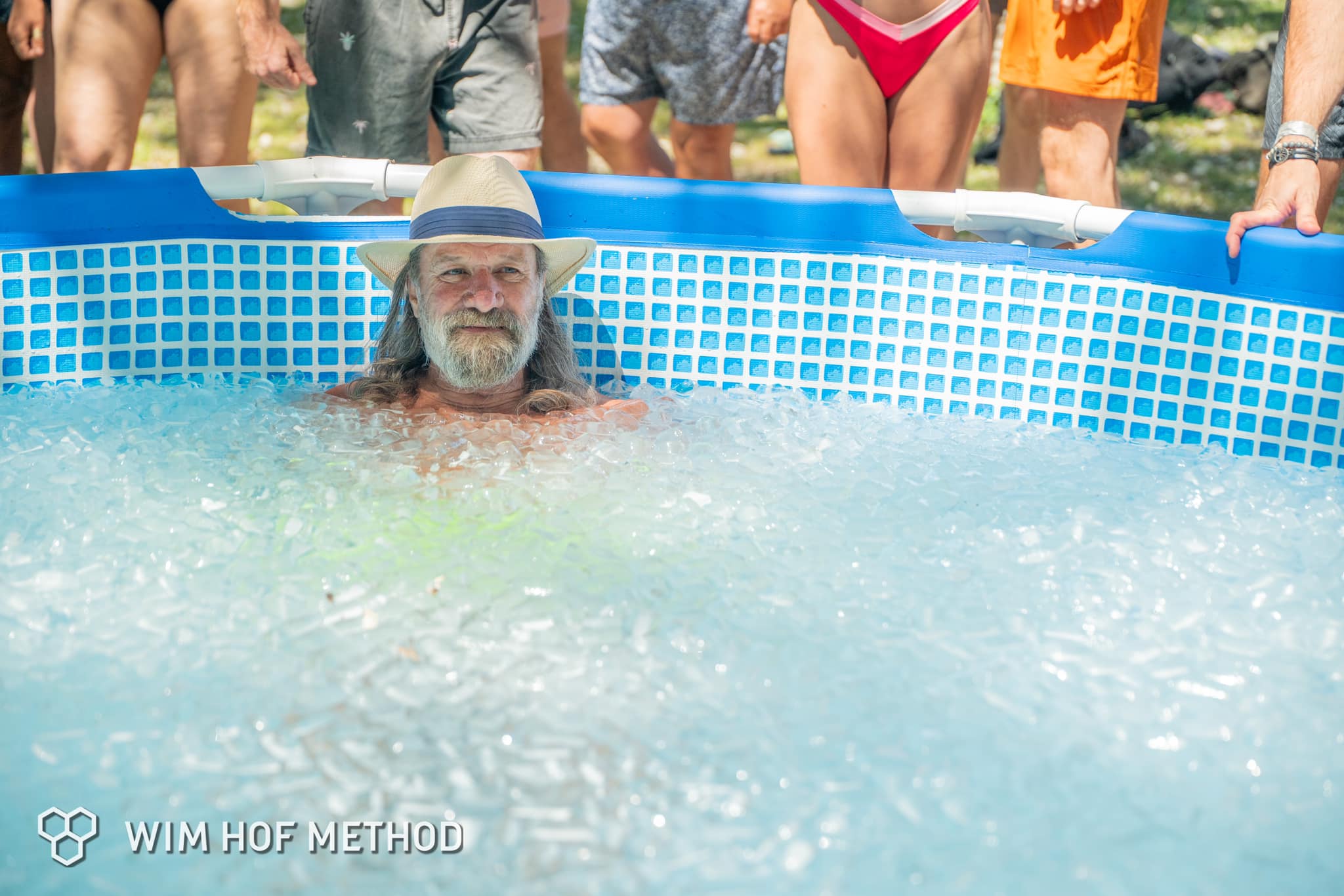Five Lessons Learned from "The Iceman" Wim Hof
Five Lessons Learned from "The Iceman" Wim Hof
NEXT Wellness
July 15, 2024
In 1995, Wim Hof lost his wife to suicide due to schizophrenia. To remain strong for his children and maintain his sanity, Wim turned to intentional cold therapy.
Since then, he has mastered breathwork and meditation techniques, enabling him to achieve remarkable feats, including:
- Multiple Guinness World Record titles for controlling the mind under intense conditions
- The fastest half-marathon run barefoot on ice, completed in 2 hours and 16 minutes
- Climbing 22,000 feet up Mount Everest wearing only shorts and shoes
- Successfully fighting disease under clinical observation - read here.
I had the privilege of spending the last week in Spain learning from Wim. Using his techniques, I managed to take a few 20-minute ice baths (do not attempt this at home unless you’re part penguin), and experience new states of mind.
Here are my top five takeaways from the experience:

1. HUM (Cold Immersion)
When entering the cold, make friends with your exhale. The exhale is your calm. The longer you breathe out, the more it slows your heart rate. An easy trick is to hum, chant, or sing. The vibration also helps to keep you warm. Plus it’s a great excuse to belt out your favorite songs in the tub.
2. SURRENDER (Cold Immersion)
When entering the cold, the sooner you let go of tension in your body, the better. Most beginners tend to keep their shoulders and neck above water. Don’t. The first 90 seconds are the hardest; after that, it’s cruise control. Dunking your head in the water briefly as soon as you get in will help you relax sooner.
3. BELLY BREATHING (Breathwork)
The diaphragm is the most underused muscle in the body. Place one hand on your stomach and the other on your chest. Breathe in deeply through your belly (let it expand all the way), then your chest, then all the way up to your shoulders. When exhaling, let it go quickly.
4. DOUBLE INHALE (Breathwork)
Spoiler alert: It’s like taking a breath, but better!
5. VALUE YOUR NOSE (Daily Breathing)
Breathing through your nose lowers blood pressure and significantly increases the lungs' oxygen-absorbing capacity, leading to quicker recovery times. Author James Nestor has an excellent book on nasal breathing called Breath: The New Science of a Lost Art.
For those interested in learning the fundamentals of Wim Hof's breathing techniques, here is a guided session (do not do this in water, as you can pass out).
I hope you find these insights valuable.
Be Well,
Jay Houston
Jay Houston





